Great Design Plant: Caltha Palustris Is a Welcome Sign of Spring
http://decor-ideas.org 02/02/2015 22:13 Decor Ideas
I have fond memories of traveling on the school bus up and down rural roads in spring and seeing the forest marshes come alive with the bright yellow flowers of marsh marigold. After a long, snowy winter, this native perennial is a welcome sign of spring. Even better is that this native plant is now commonly available for sale in the Midwest and Northeast, and it can be grown successfully in the garden with the right conditions, which include a moist location and partial shade.
This well-behaved, mounding perennial will provide long-lasting color in early spring. Plant marsh marigold along a creek or stream, at a pond edge or in the moist part of a rain garden.
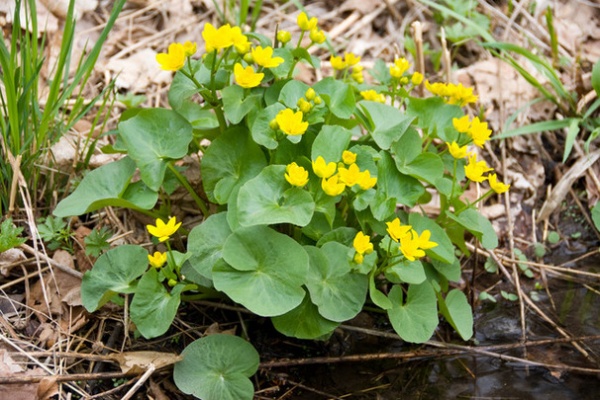
Botanical name: Caltha palustris
Common names: Marsh marigold, cowslip, kingcup, buttercup
Origin: Marsh marigold’s native range includes the eastern United States from North Dakota eastward to Maine in the north, and Nebraska east to North Carolina in the south. Marsh marigold also occurs on the West Coast in Washington and Oregon. In Canada it is present in all provinces and territories.
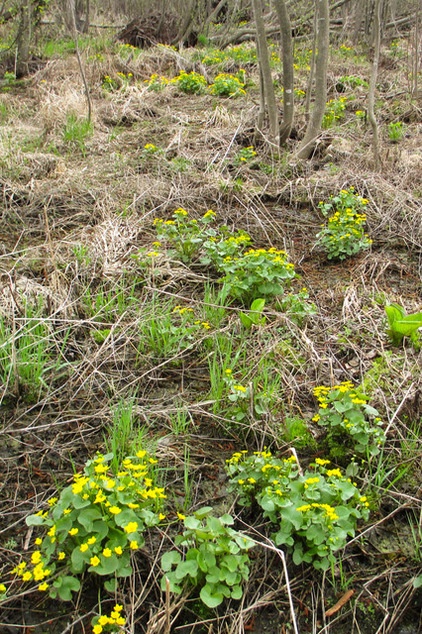
Where it will grow: Hardy to -45 degrees Fahrenheit (USDA zones 2b to 7a; find your zone)
Typical plant communities: Wet meadows, forest marshes, riparian edges
Soil requirement: Wet to wet mesic, loamy sand to clay soil
Light requirement: Partial sun to shade
Mature size: 8 to 24 inches tall and 1 foot to 3 feet wide
Benefits and tolerances: Tolerant of wet, mucky soil (will not thrive in dry sites)
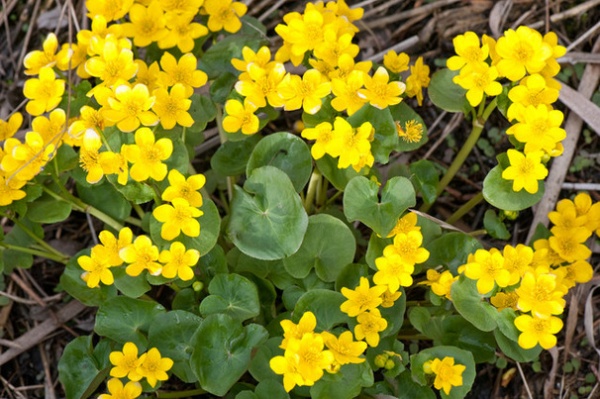
Seasonal interest: Bright yellow to yellow-orange buttercup-like flowers that open in early spring, typically in April or May; mounding habit with waxy, basal, heart-shaped leaves
When to plant: Spring or fall; seeds and plants are available from most native-plant nurseries in the Midwest and Northeast.
Distinguishing traits. The clusters of bright yellow flowers are like rays of sunshine beaming from moist woods after a long winter. The leaves are thick and waxy and have a succulent appearance.
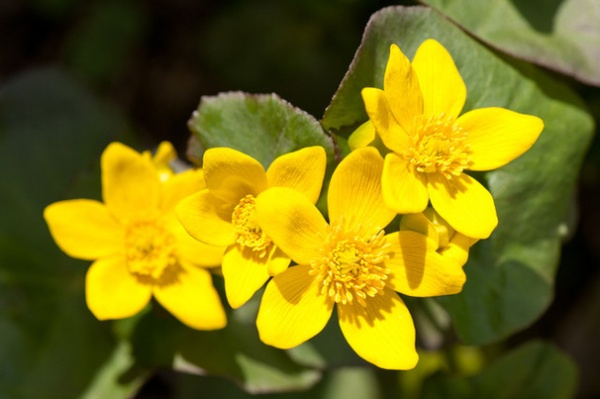
How to use it. Marsh marigold will not tolerate a site where the soil dries out. It is a wetland plant and needs to have moist, mucky soil in spring, and at least wet-mesic soils in the summer months. This plant works very well in the moist parts of a rain garden in soil with a high organic matter content, along pond edges or streams, or in low-lying locations in the garden that remain moist most of the time.
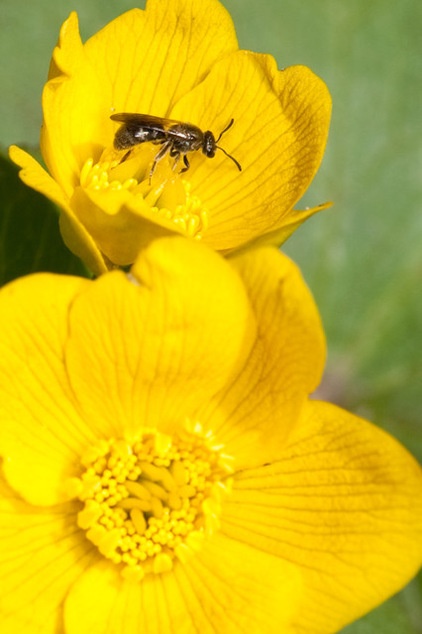
Planting notes. Marsh marigold forms mounding clusters of perennial plants. The root system is fibrous; large plant clumps can be divided and replanted. It grows well from seed. Collect and plant seeds right away in late June, making sure not to let them dry out. They require at least 60 days of cold, moist stratification. Purchased seeds can be stratified in the fridge for 60 days in damp sand and sown in the spring when the ground thaws.
Shown: Small sweat bee (Lasioglossum sp.)
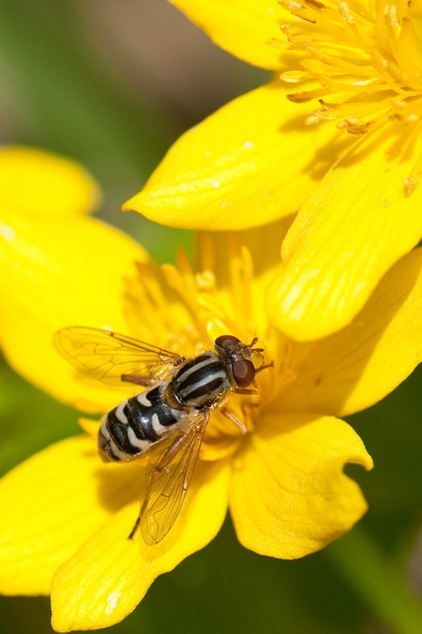
Pollinator notes. Marsh marigold flowers attract a number of pollinators. The flowers are visually attractive to pollinators, especially bees, which can see in the ultraviolet color spectrum. The inner parts of the sepals absorb ultraviolet light and appear darker than the outer parts of the sepals to pollinators. This contrast in color helps to visually guide pollinators to the pollen and nectar in the center of the flower. As the flowers fade, the outer tips of the sepals often turn white.
Shown: Syrphid fly (Lejops sp.)
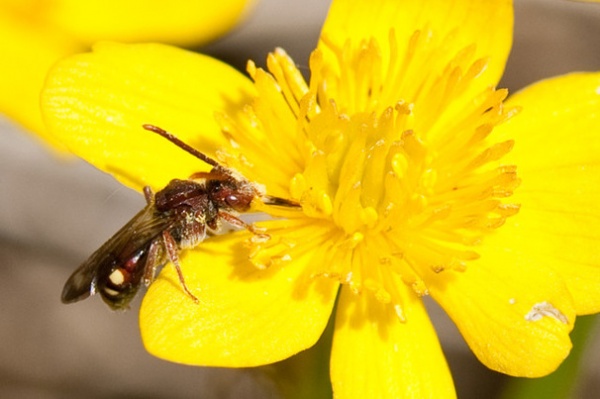
Marsh marigold flowers in early spring during periods of fluctuating temperatures. Pollinator activity on the flowers can therefore be variable. For the best chance of seeing pollinators, pick a warm afternoon when the plants are in flower. Syrphid flies, especially the species that have an aquatic larval stage, are common and frequent visitors. If temperatures are conducive to flying, bees — including the cuckoo bee (Nomada sp., seen here) — will visit the flowers.
Learn more about gardening with native plants in your area
Related Articles Recommended












